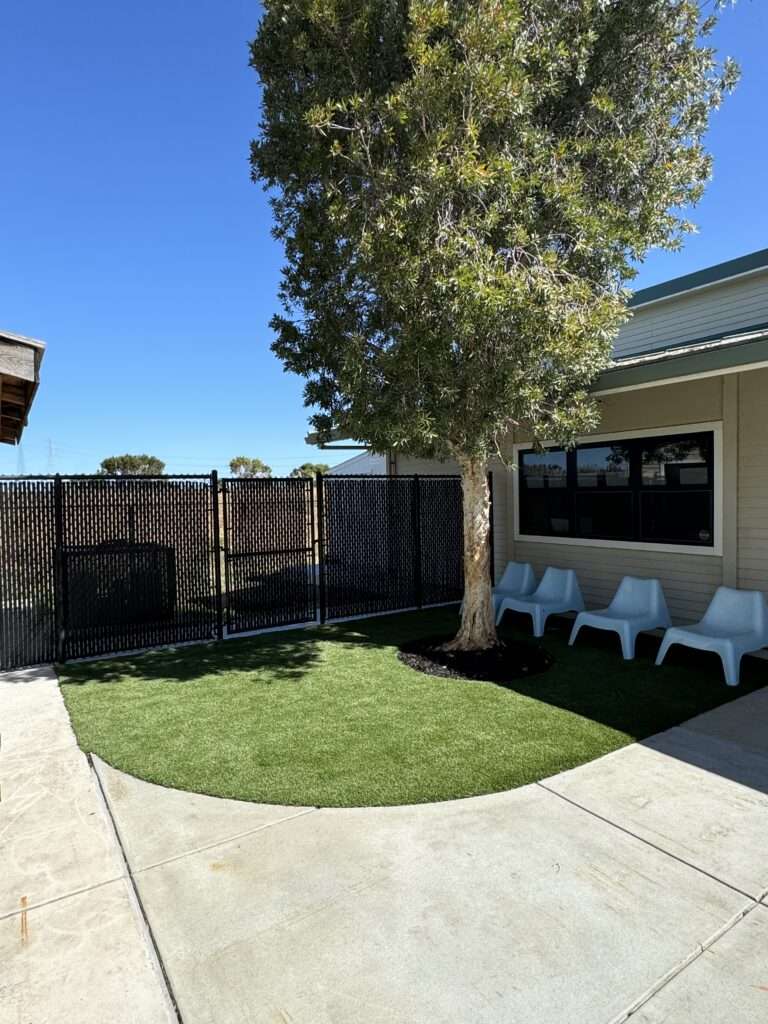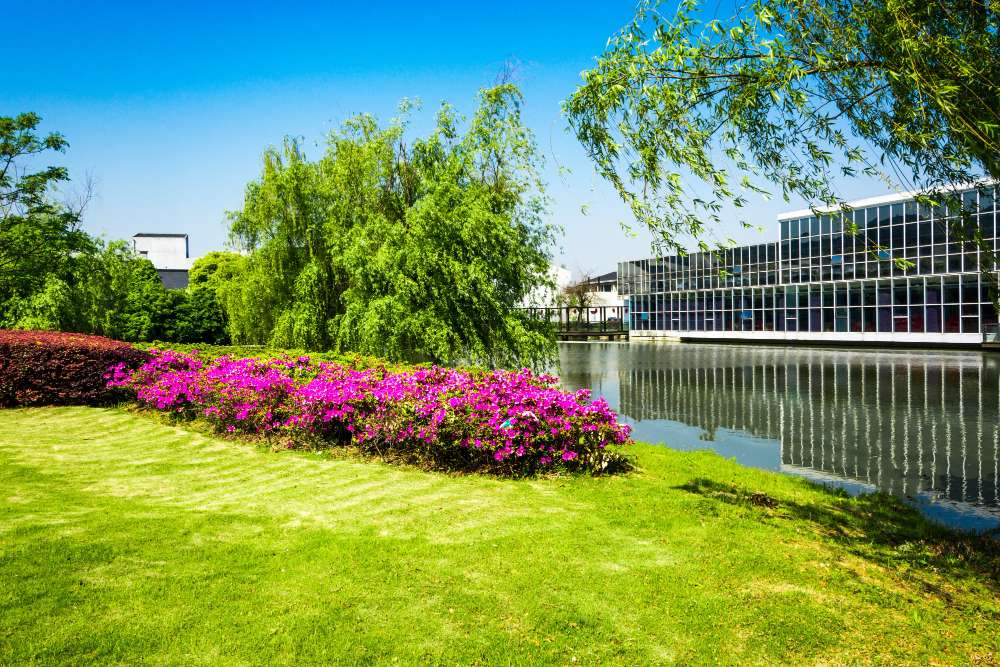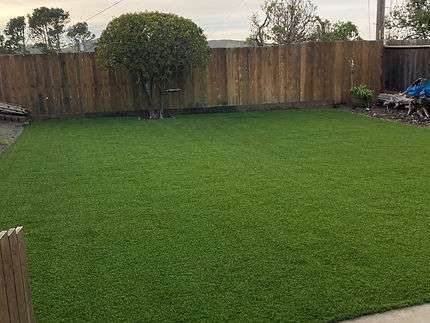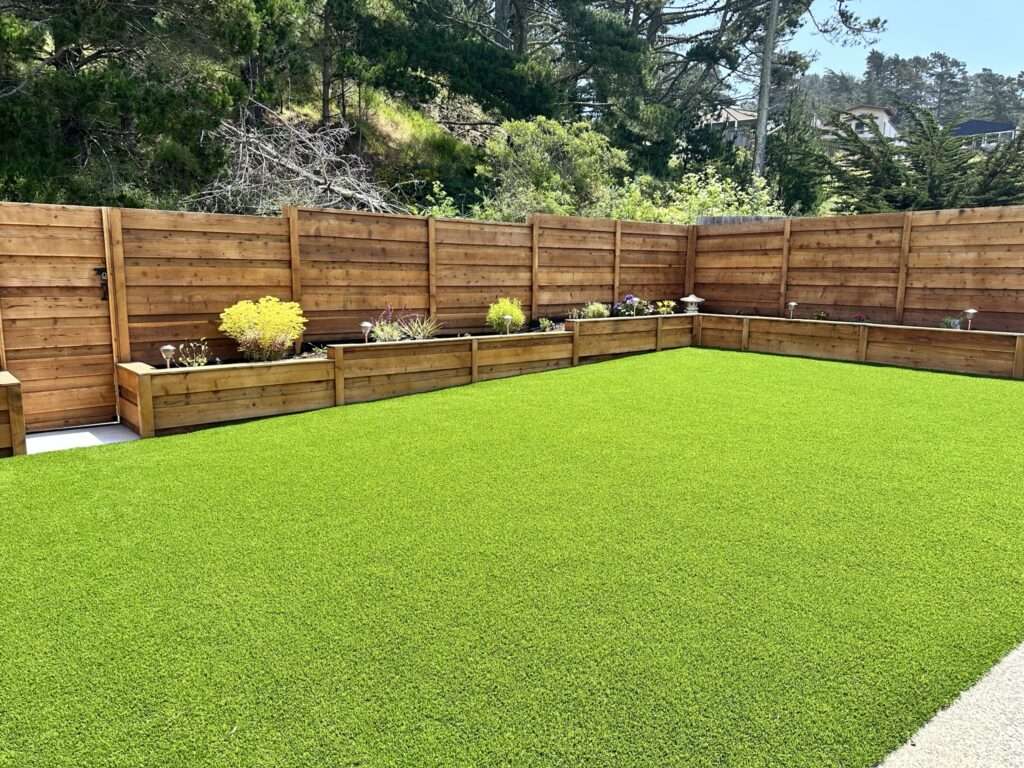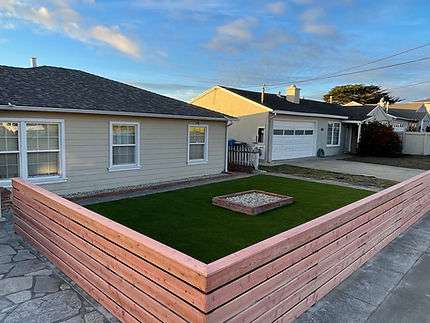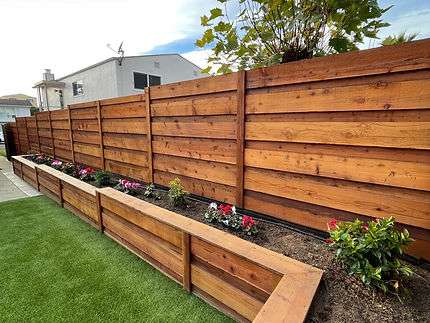Introduction
San Francisco’s unique climate and vibrant urban lifestyle make it a hotspot for innovative landscaping. As 2025 unfolds, homeowners and designers are embracing sustainable, functional, and tech-savvy outdoor spaces. Whether you’re revamping your backyard or creating a fresh look for your front yard, these landscaping trends in 2025 for San Francisco will help you stay ahead of the curve.
Looking for a professional landscaping service? Check out GLScapes Inc. for expert solutions tailored to San Francisco and the surrounding regions.
Table of Contents

Sustainable and Eco-Friendly Landscaping
Native Plant Gardens
Local, drought-resistant plants such as California poppies, succulents, and lavender are gaining popularity. They require minimal maintenance, support local biodiversity, and add a natural aesthetic to any space. Native plants are well-adapted to San Francisco’s climate, reducing the need for excessive watering and fertilizers. Additionally, these plants provide habitats for pollinators like bees and butterflies, further contributing to the local ecosystem.
Learn more about the benefits of native plants in San Francisco’s climate from the California Native Plant Society.
Drought-Tolerant Landscaping
With water conservation being a top priority, xeriscaping techniques using gravel, mulch, and low-water plants are making waves. This approach not only saves water but also creates visually stunning outdoor areas. Drought-tolerant landscaping incorporates elements such as permeable paving, which helps reduce runoff and improve groundwater replenishment. Homeowners are also integrating rain gardens, which utilize native plants to capture and filter rainwater naturally, reducing the burden on storm drains.
Water-Wise Irrigation Systems
Smart irrigation systems with sensors and AI technology optimize water usage by adjusting watering schedules based on weather conditions. These systems are perfect for San Francisco’s fluctuating climate. Drip irrigation is gaining traction as a highly efficient method, delivering water directly to plant roots and minimizing evaporation. Additionally, rainwater harvesting systems are being installed to collect and store water for landscape use, ensuring sustainability and cost savings over time.
Modern Outdoor Living Spaces
Smart Outdoor Technology
The integration of smart technology into outdoor spaces is revolutionizing modern landscaping. Homeowners are incorporating app-controlled lighting, Wi-Fi-enabled security cameras, and weather-responsive irrigation systems. Smart outdoor speakers and voice-controlled automation systems allow users to create the perfect ambiance with minimal effort. Additionally, energy-efficient outdoor heating systems ensure year-round comfort, making outdoor spaces functional regardless of the season. Check out examples of smart outdoor tech to elevate your outdoor experience.
Multi-Functional Garden Spaces
Urban living often comes with space constraints, making multi-functional garden spaces a key trend. Homeowners are designing landscapes that serve multiple purposes, such as combining a seating area with a fire pit that can also be used for grilling. Rooftop gardens and balconies are being transformed into lush retreats featuring compact furniture, built-in storage, and vertical gardening to maximize available space. Outdoor workspaces are also becoming popular, allowing residents to enjoy nature while staying productive.
Luxury Outdoor Kitchens
Outdoor kitchens are evolving beyond simple grills to fully equipped cooking and dining areas. High-end grills, pizza ovens, refrigeration units, and fully stocked bars are becoming essential features for those who love to entertain. Weather-resistant countertops, custom cabinetry, and smart cooking appliances enhance convenience and aesthetics. Additionally, eco-friendly elements like solar-powered lighting and energy-efficient appliances are being incorporated to align with sustainability goals.
Innovative Garden Designs
Vertical Gardens and Green Walls
Ideal for urban settings, vertical gardens provide greenery without taking up much space. They are perfect for small yards, balconies, and rooftops, transforming underutilized spaces into lush, vibrant areas. These gardens improve air quality, reduce urban heat, and can act as natural insulation for buildings. Homeowners are incorporating a variety of plants, including ferns, succulents, and flowering species, to create stunning living walls that bring nature closer to urban dwellers.
Zen and Wellness Gardens
Inspired by Japanese garden principles, these spaces incorporate water features, meditation areas, and soothing plant choices to promote relaxation and mental well-being. Zen gardens often feature raked sand, stone pathways, bamboo elements, and minimalist plantings such as bonsai and moss. These tranquil spaces are designed to provide a peaceful retreat from the fast-paced city life, encouraging mindfulness and relaxation.
Edible Landscaping
Growing herbs, vegetables, and fruit trees within ornamental landscapes is a practical and beautiful way to incorporate sustainability into home gardens. Edible landscaping blends aesthetics with functionality, featuring raised garden beds, trellised fruit vines, and edible flowers integrated seamlessly into traditional garden designs. Homeowners are also experimenting with permaculture principles to create self-sustaining ecosystems that provide fresh, organic produce year-round.
Smart Landscaping with Technology
AI-Powered Gardening Solutions
AI-driven gardening apps and sensors are helping homeowners design, monitor, and maintain their landscapes with precision. These smart solutions analyze soil conditions, recommend plant placements, and provide real-time insights for optimal care. Robotic lawnmowers equipped with AI can map yards, avoid obstacles, and ensure consistent trimming without human intervention. Additionally, smart plant monitors help gardeners track moisture levels, temperature, and sunlight exposure to prevent under or overwatering.
Automated Lawn Care Systems
Homeowners are embracing automation for effortless garden maintenance. Self-watering planters use built-in reservoirs and sensors to provide plants with the right amount of hydration, reducing water waste and ensuring healthy growth. Automated fertilization systems dispense nutrients based on plant needs, promoting lush greenery while minimizing environmental impact. Robotic mowers and hedge trimmers take the hassle out of lawn care, maintaining pristine landscapes with minimal manual effort.
Solar-Powered Outdoor Lighting
Sustainable lighting solutions are enhancing both aesthetics and functionality in outdoor spaces. Solar-powered garden lights, motion-sensor LED path lights, and decorative string lights provide energy-efficient illumination without increasing electricity bills. Advanced solar lighting systems now feature smart controls, allowing homeowners to adjust brightness, color, and scheduling through mobile apps. These eco-friendly options help reduce carbon footprints while adding ambiance and security to outdoor areas.
Conclusion
As landscaping trends in 2025 for San Francisco continue to evolve, the emphasis on sustainability, technology, and multi-functional outdoor spaces will shape the way homeowners design their landscapes. By incorporating these trends, you can create a beautiful, eco-friendly, and modern outdoor space that enhances your home’s value and livability.
Check out examples of smart outdoor tech to elevate your outdoor experience.

